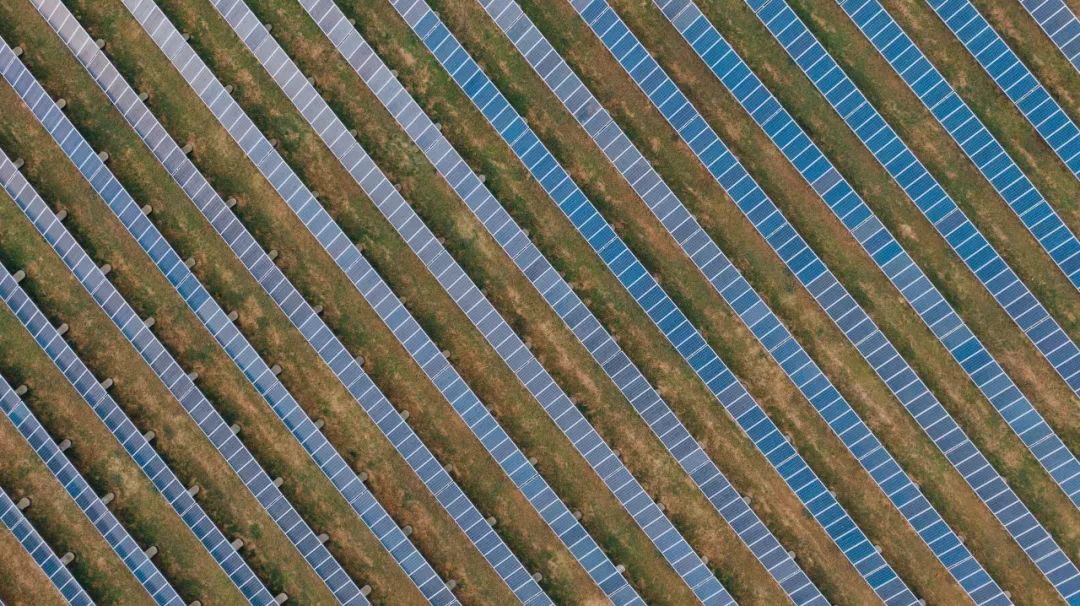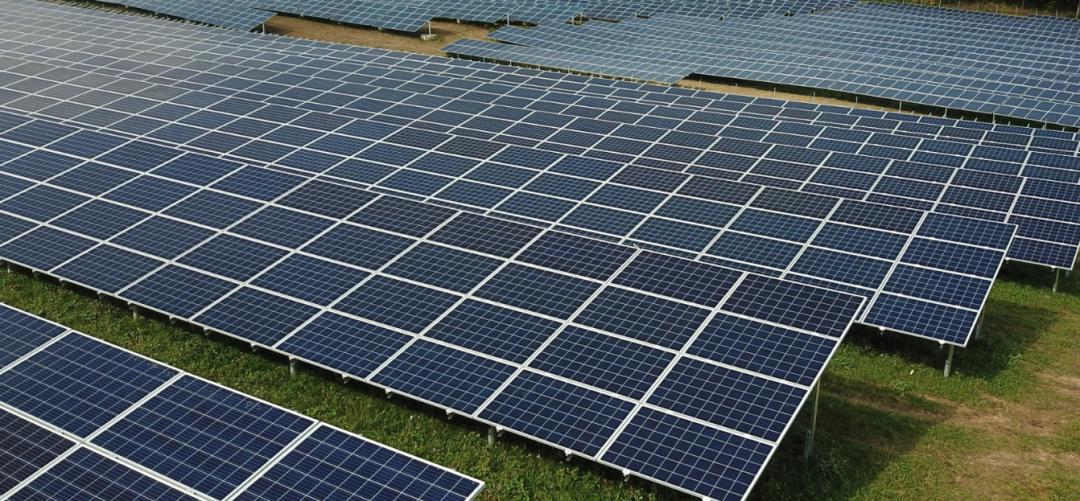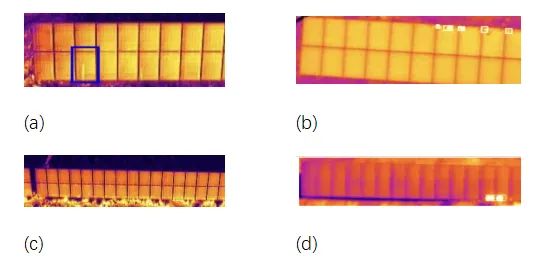Smart photovoltaic operation and maintenance management: intelligent identification of fire hazards in photovoltaic module damage and pollution detection
The necessity of intelligent photovoltaic inspection
The MYUAV DRONE photovoltaic inspection system utilizes high-definition MYUAV DRONE aerial photography technology and artificial intelligence algorithms to comprehensively inspect power plants in a short period of time, achieving functions such as defect identification and cleaning monitoring of photovoltaic panels. Compared with traditional manual inspections, MYUAV DRONE inspections have many advantages such as high efficiency, low cost, and good safety.

In practical applications, the MYUAV DRONE photovoltaic inspection system obtains a large amount of data through remote sensing technology, and uses artificial intelligence algorithms to analyze the data, quickly identifying defects such as hot spots, stains, and cracks on photovoltaic panels, providing scientific and accurate inspection reports, and providing decision-making basis for operation and maintenance personnel.

In addition, the MYUAV DRONE photovoltaic inspection system can also monitor the cleanliness of photovoltaic panels in real time, timely detect and clean up accumulated dust, coverings, and other objects, ensuring the normal operation of photovoltaic panels. This intelligent inspection scheme greatly improves the management efficiency and power generation efficiency of photovoltaic power stations.
Deployment plan composition
The scheme uses the MYUAV DRONE flight platform and customized aircraft nest together with edge computing terminals to complete the daily patrol of the photovoltaic power station. The MYUAV DRONE patrol system deployed in the server of the central control center can complete the construction of the entire scheme.
▶ Option 1: MYUAV DRONE platform (carrying mission payload)+airport+remote server (visualization network platform)
The intelligent MYUAV DRONE platform is selected, which is equipped with four modules: visible light, thermal infrared, zoom, and LiDAR. Through the control of the airport, remote monitoring and takeoff functions are achieved. The ability to conduct night patrols allows for the detection of external intrusions, adding a layer of security to the photovoltaic power plant. Laser rangefinders can calculate the location of faulty or foreign intrusion targets and quickly respond to the target. The automatic airport can be started remotely with just one click, automatically open the cabin door, and MYUAV DRONE will fly out automatically to carry out fully autonomous inspection and patrol operations. It can also automatically perform shooting operations and data processing without the need for personnel to arrive at the scene. During the flight, the remote control platform can display the MYUAV DRONE inspection screen in real time and control the MYUAV DRONE flight in real time. After completing the operation, MYUAV DRONE automatically returns and takes off and lands accurately on the takeoff and landing platform. After the automatic airport recovers the MYUAV DRONE, it is placed in the charging position. MYUAV DRONE can perform data transmission within the airport, and automatic airports have AI recognition and data processing functions.
▶ Option 2: MYUAV DRONE platform (with mission payload)+remote server (visualization network platform)
This plan is mainly applicable to photovoltaic power stations without conditions for installing airports, such as distributed power stations. The MYUAV DRONE platform communicates with the server through the built-in network device of the remote control, achieving remote monitoring and autonomous inspection of the MYUAV DRONE.
Fault identification type
1. Component hot spots
Hot spots caused by manufacturing reasons of battery cells: defects in silicon materials; Incomplete edge removal and edge short circuit during battery manufacturing process; Poor sintering and excessive series resistance; Excessive sintering, PN junction burnt through and short circuited.

2. Zero current fault
There may be other issues with the overall non power generation of the string or missing parts in the battery cells, components, and string. The direct cause of such faults is the overall heating of the panel caused by the low current of the photovoltaic module. The fundamental causes of such faults include fuse burning caused by short circuits in the circuit and open circuits caused by loose circuits.

3. Diode malfunction
Hot spots formed due to abnormal operation of components. Unlike the above two types of faults, this type of fault is mainly related to the photovoltaic module itself, which may be caused by internal panel failure, diode failure, or being in a bypass state of the photovoltaic module; In addition, solder joints in the junction box can also cause this situation to occur.

4. Structural corrosion and other faults

5. Other faults
Observing natural disasters, human damage, and surface pollution of photovoltaic modules from high altitude, such as dust, bird droppings, and other faults, and quickly taking photos for further diagnosis.
Inspection process
1. Inspection planning: Plan the inspection path for MYUAV DRONE to ensure coverage of the task area and avoid duplicate inspections.
2. Autonomous takeoff: MYUAV DRONE takes off autonomously based on the preset path and coordinates, entering inspection mode.
3. High definition shooting: Equipped with a high-definition thermal infrared camera MYUAV DRONE, it can take full and high-definition photos of photovoltaic panels, ensuring that every subtle abnormal situation is captured.
4. Intelligent analysis: Utilize deployed server platforms to perform real-time analysis on captured images and quickly identify abnormal situations in photovoltaic panels.
5. Data feedback: Real time feedback of the data obtained from inspections to the command center, providing detailed references for subsequent operations and maintenance.
--DRONE SOLUTION PROVIDER--
MYUAV® TECHNOLOGIES CO.,LTD.
Tax No.: 91320118MA275YW43M Legal Register No.: 320125000443821
Add:No.89,Pingliang Street,Jianye District, Nanjing,China 210019
M: myuav@myuav.com.cn T:+86 25 6952 1609 W:en.myuav.com.cn
[Caution]MYUAV™ is a manufacturer of defense products and is under security management by a state agency.
Drawings, materials, samples, etc. provided by us shall be used only for the purposes provided.


